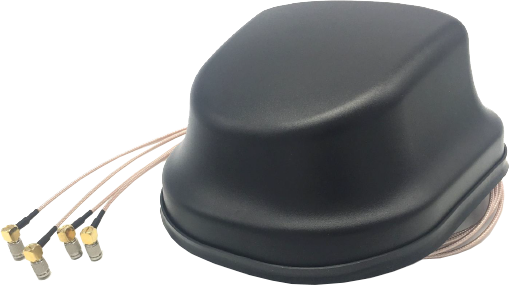

Chord Radius Pitch Rotational speed (measured in revolutions per minute or RPMs) Airfoil Forces on an airplane in flight. Terms and Concepts To do this project, you should do research that enables you to. You'll monitor the voltage produced by the motor to determine the efficiency of the propeller. You will use the breeze from a household fan to make the propeller turn, which will cause the shaft of the motor to spin. The chord length, c, is the straight- line width of the propeller at a given distance along the radius. The drawing currently shows the ground clearance below the prop at 11.5'. The differentiation in the operator V is made with respect to the (jc, y, z). Propeller Slip-Stream Model in Subsonic Linearized Potential Flow Per Lotstedt*. Illustration of terms used to describe propellers. How does a helicopter generate enough lift to fly? How does a speedboat get moving fast enough to pull someone on water skis? Here's a project on designing propellers to do the job. Previous experience with aerodynamic design (e. Full numerical calculations confirm the accuracy of the asymptotic approach.Efficient Propeller Design. Tones with low and zero azimuthal mode order are treated as special cases and the asymptotics show that, as the mode order reduces, the radiated sound becomes concentrated around the flight axis where even higher-order solutions are possible, including rings and annuli of stationary points around the propeller annulus. The paper also shows how the interior points are completely consistent with the sub- or super-critical gust response of a swept blade. The asymptotics show that sweep is not necessarily beneficial and can cause the blade design to become critical for particular tones and directions in terms of a continuum of interior points distributed along a line on the propeller source annulus producing a higher-order result and thus an enhanced radiated sound field. The asymptotic approach is powerful producing results in the form of one-line algebraic formulae that contain no integrals or special functions yet remain accurate. Assuming that the number of blades on both propellers is large, we evaluate the integral asymptotically in terms of its leading-order contributions from interior stationary or boundary critical points which represent the specific locations on the propeller annulus that dominate the sound radiation. We re-cast the usual far-field radiation formulae as a double integral over a nominal propeller source annulus.

An analytical model is presented for the wake interaction tones produced by a contra-rotating propeller.


 0 kommentar(er)
0 kommentar(er)
